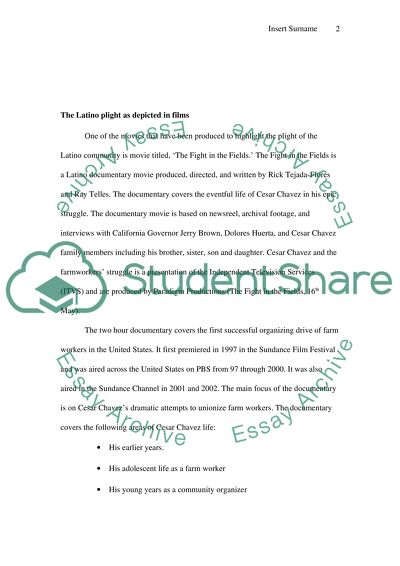Cite this document
(“Latinos films Essay Example | Topics and Well Written Essays - 2000 words”, n.d.)
Retrieved from https://studentshare.org/miscellaneous/1511681-latinos-films
Retrieved from https://studentshare.org/miscellaneous/1511681-latinos-films
(Latinos Films Essay Example | Topics and Well Written Essays - 2000 Words)
https://studentshare.org/miscellaneous/1511681-latinos-films.
https://studentshare.org/miscellaneous/1511681-latinos-films.
“Latinos Films Essay Example | Topics and Well Written Essays - 2000 Words”, n.d. https://studentshare.org/miscellaneous/1511681-latinos-films.


